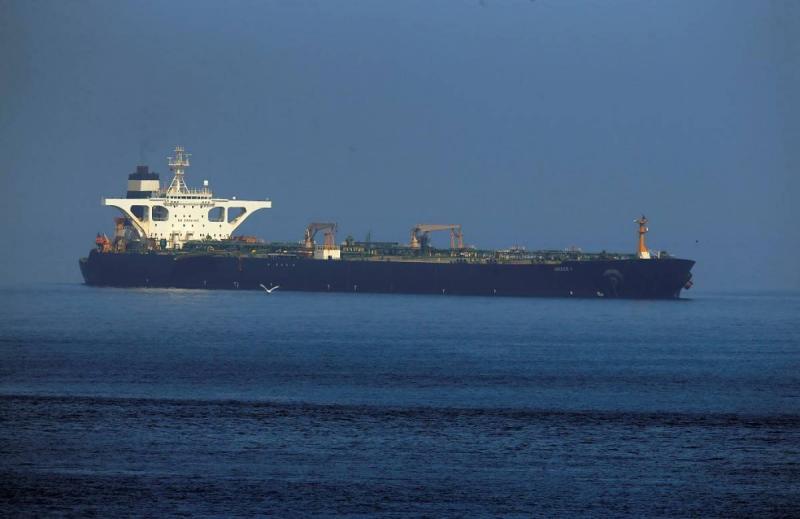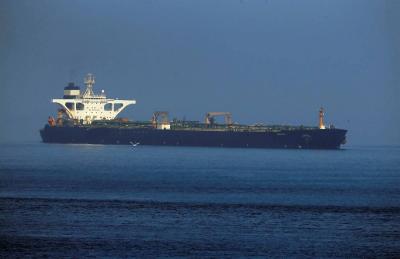Oil contamination spots have been detected in several locations along the Syrian coast, resulting from a leak from a power station within one of the Syrian oil refineries, according to the Syrian news agency "SANA." The agency reported on its website that fuel pollution spots were observed in various areas such as Arab al-Malik, the Port of al-Izza, al-Baheis, and al-Fakhoura, distributed along the Jableh beach on the Mediterranean Sea, noting that the contamination had not reached the Latakia shore.
The leak occurred last Monday from one of the fuel tanks at the Baniyas thermal power station due to a crack and wear that led to quantities of fuel spilling into the sea, which were subsequently contained, the agency stated. The oil contamination reached areas adjacent to the rocks on the Syrian coast. According to an official speaking to the agency, the primary efforts to remove the pollution will focus on manual work, as the spots have reached locations close to the rocks that engineering vehicles find difficult to access. It was also mentioned that there is no benefit in using floating materials to address the spots.
Most of the Syrian oil fields, which are located in the eastern part of the country, remain outside government control, forcing the government to import from external sources to secure fuel needs, particularly from Iran, despite international sanctions on its oil. In recent months, several incidents have targeted oil and fuel tankers associated with both Iran and Israel in the Mediterranean Sea, Red Sea, Oman Sea, and the Arabian Gulf. In February, the Israeli coast was affected by oil contamination from a spill, which was described at that time by environmental experts and specialists in Israeli naval intelligence as the worst environmental disaster in the country’s history, resulting from contraband trade over the past eight years between Iran and Syria.




